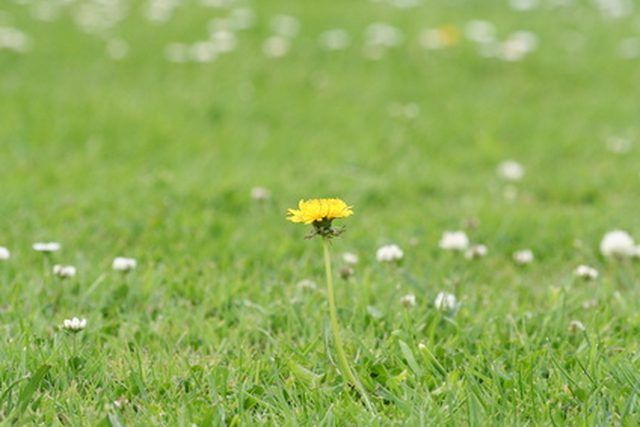Bulbs
Flower Basics
Flower Beds & Specialty Gardens
Flower Garden
Garden Furniture
Garden Gnomes
Garden Seeds
Garden Sheds
Garden Statues
Garden Tools & Supplies
Gardening Basics
Green & Organic
Groundcovers & Vines
Growing Annuals
Growing Basil
Growing Beans
Growing Berries
Growing Blueberries
Growing Cactus
Growing Corn
Growing Cotton
Growing Edibles
Growing Flowers
Growing Garlic
Growing Grapes
Growing Grass
Growing Herbs
Growing Jasmine
Growing Mint
Growing Mushrooms
Orchids
Growing Peanuts
Growing Perennials
Growing Plants
Growing Rosemary
Growing Roses
Growing Strawberries
Growing Sunflowers
Growing Thyme
Growing Tomatoes
Growing Tulips
Growing Vegetables
Herb Basics
Herb Garden
Indoor Growing
Landscaping Basics
Landscaping Patios
Landscaping Plants
Landscaping Shrubs
Landscaping Trees
Landscaping Walks & Pathways
Lawn Basics
Lawn Maintenance
Lawn Mowers
Lawn Ornaments
Lawn Planting
Lawn Tools
Outdoor Growing
Overall Landscape Planning
Pests, Weeds & Problems
Plant Basics
Rock Garden
Rose Garden
Shrubs
Soil
Specialty Gardens
Trees
Vegetable Garden
Yard Maintenance
St. Augustine Grass Problems
St. Augustine Grass Problems. St. Augustine grass problems are usually revealed in the form of unhealthy-looking grass. Insects, diseases or weeds can invade St. Augustine grass, causing unsightly discolorations, yellowing patches or dead areas of lawn. Understanding the causes of common problems with St. Augustine grass can help a lawn gardener...

St. Augustine grass problems are usually revealed in the form of unhealthy-looking grass. Insects, diseases or weeds can invade St. Augustine grass, causing unsightly discolorations, yellowing patches or dead areas of lawn. Understanding the causes of common problems with St. Augustine grass can help a lawn gardener determine how to heal the lawn.
Causes
When properly cared for in the right soil, St. Augustine grass can fight many lawn problems on its own. When poor maintenance or uneven weather patterns create an unstable environment for the lawn grass, the grass can become weak and vulnerable to damaging invaders.
Diseases
Fungal, bacterial and viral diseases can attack a St. Augustine grass lawn, causing dead grass and unattractive spots. St. Augustine grass is particularly vulnerable to fungal infection. The most deadly fungal problem on St. Augustine grass is take-all root rot, which creates a spreading area of diffuse discoloration and dead grass. St. Augustine grass is also at risk of other fungal diseases like brown patch grass disease and gray leaf spot disease.
Weeds
When St. Augustine grass is raised for its luxurious carpet, weeds can put an unsightly mark on an otherwise pristine lawn. Lawn weeds include two basic types: grass weeds and broadleaf weeds. Common grass weeds that invade St. Augustine grass include Bermuda grass, crabgrass and annual bluegrasses. Broadleaf weeds are plants like dandelion and clover, which have wide leaves.
Insects
Insects on a St. Augustine lawn can look similar to fungal problems. Because this type of grass tends to accumulate thatch--a thick layer of dead grass and other organic material that builds up around the bottom of the grass carpet--it is at higher risk of insect problems than other types of turfgrass. Chinch bugs are the most common insect invader seen in turfgrass; they are about 1/5 inch long and dark in color with white wings. Chinchbug saliva is toxic to plants, so these bugs cause more damage than most other unwelcome lawn insects.
Prevention/Solution
Preventing and treating St. Augustine problems starts with strengthening the lawn grass through proper care and maintenance. Mow this grass to a height of 1 to 3 inches weekly or whenever the lawn has grown 1 to 1 1/2 inches. Mow no more than one-third the height of the existing grass at a time. Water the grass in the morning to avoid leaving a wet lawn in the evening. When thatch becomes a problem, lawn aeration can help break apart the material buildup.